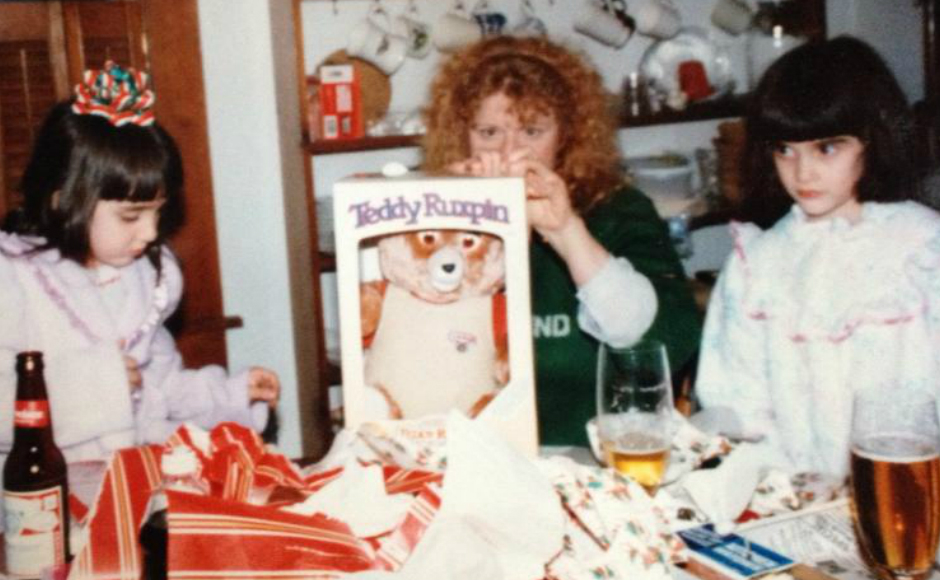It may seem counterintuitive, but the custom of giving gifts, especially when resources are scarce, is the essence of the holiday.
By Shannon McGill
Gift-giving has been getting a bad rep lately.
Many of us are apt to frame the tradition of holiday gift exchange within the context of our soulless, consumerist culture.
We brand it an extension of our society’s massive greed, and shake our heads in despair and disillusionment.
Hearing news of human beings being trampled by crowds in shopping malls in the run-up to Christmas, we wonder, “How did it get so bad?”
How has such a beautiful, life-affirming tradition of generosity become this horrid spectacle?
How has giving turned into a way for people to show off, profit, or worse, to manipulate others?
Let’s strip away all the lurid associations with gift-giving at Christmas for a minute. Let’s forget about the seething crowds and the traffic and the money and the waste and the stress and the effort. Let’s, all of us, try to remember what the tradition of gift-giving is for and why it has persisted for so long.
Consider that this festival of gift-giving, this groundswell of generosity, traditionally happens in the dead of winter. It happens at a time of year when, historically speaking, resources are scarce and survival tenuous.
Imagine a family living in North America a few hundred years ago. By the end of December, they are thinking about conserving fuel and rationing their store of food for the remainder of the winter. Why would they burden themselves by giving anything away to others?
Here’s why: giving gifts to your friends and family is a sort of hex. To give at a time when resources are scarce protects us in a way. It blesses us with plenty in the coming year. It forces us to have faith that our own coffers will be replenished in time, that the abundance of the universe is limitless.
Giving generously at the coldest, darkest time of year is a radical act of faith. When we put our own money and energy into giving, especially at a time when money and energy are scarce, we banish the fear of want from our hearts. It is a way of saying, “Shortage is an illusion. There is enough to go around right now and there will always be enough.”
Our annual tradition of gift-giving protects us from hardship, even as we feel we are spending too much money, depleting our own stores and resources. It knits our communities together with the fiber of generosity. It solidifies our alliances and bolsters our support systems.
Giving generously at the coldest, darkest time of year is a radical act of faith. In giving, especially when money and energy are scarce, we banish the fear of want from our hearts.
Take a good look at the people who surround you at this time of year. Think about the people on your Christmas list; the folks who sign their names to the cards in your mailbox. They are your safety net; your buoy. During the holidays, they send you those cards and gifts and tins of cookies to remind you of that, just as you do in return.
The giving is not about the thing—it’s a message of reassurance and a pledge: “I am part of your family, and you are part of mine. We are all in this together.”
The holidays are stressful for all of us. We all worry that we don’t have enough to give and that we might not deserve what we receive. We all scrutinize our own holiday celebrations and feel downhearted when they don’t look like Currier and Ives or Apple commercials or Macy’s circulars.
But in spite of what Mannheim Steamroller would have you believe, the holiday season is not about pageantry. This season of giving gifts and taking time to be with our loved ones offers us an opportunity for a sacred meditation on what is truly important: family, community, and the generosity of spirit that holds our beautiful network of life and love together.
So, if only for this year—this holiday—when you fret over your list of things still left undone, when you think of the little bit of money left in your checking account, when you worry about the future of your financial situation—don’t tighten up.
Remain calm. Give freely with faith. Just as the light returns little by little from this point on, so will your till fill up again; your refrigerator and your gas tank be full. Let your generosity to others be your assurance of that.
Consider, if you will, the symbol of Santa Claus and the lesson he has to teach us: an old man, overweight, white hair—presumably in the twilight of his life. Yet each year, he ventures out into the dark and the cold to realize the ultimate expressions of kindness, generosity, compassion, and hope—and in doing so, lives forever.
Our generosity renews us. It is our surest path to comfort and joy.
Need help? Send your imponderable quandaries to mcgillagrams@gmail.com.
Shannon’s note on the family photo above: “This is the Christmas we got Teddy Ruxpin. My mom was so excited to give it to us we opened it on Christmas Eve ’cause nobody wanted to wait. It didn’t work. We had to take him back and get another Teddy Ruxpin, which also didn’t work, but we still got Teddy Ruxpin for Christmas, and that’s what matters.”




